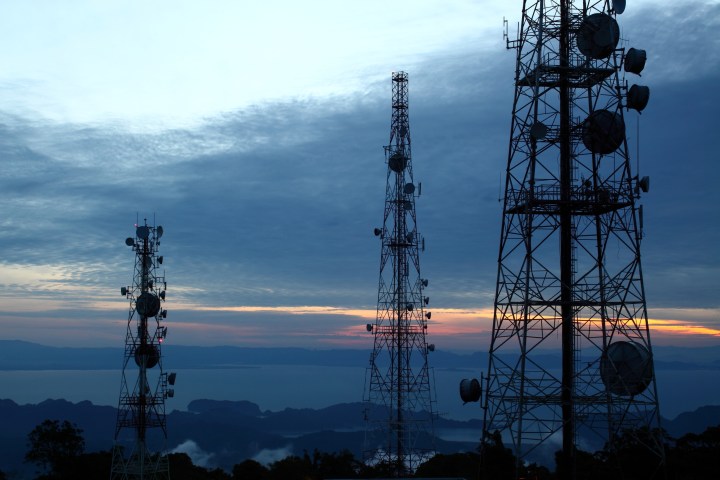
What is LTE-U?
When we connect to the Internet with our smartphones, the phone connects at a frequency to handle all of its communication needs. Typically, carriers buy out spectrum in the U.S. from the FCC to exclusively carry their devices and the network connectivity. This is how our usual LTE, HSPA, CDMA, 3G, 4G, and other services work.
However, not all spectrum is reserved for specific uses. For example, the 5GHz spectrum is assigned by the FCC as “unlicensed,” meaning that anyone can create devices within certain rules and regulations to handle wireless connectivity in that spectrum. Many new Wi-Fi devices use this spectrum per FCC regulations, but now carriers like Verizon and T-Mobile also want to use the 5GHz spectrum to speed up our smartphones in congested areas with the LTE-U standard.
LTE-U stands for LTE-Unlicensed, referring to its connectivity in the unlicensed 5GHz spectrum. LTE-U isn’t intended to replace existing LTE connectivity, but supplement its speed and services in high-congestion areas. A device would connect simultaneously on a typical LTE connection while acquiring additional bandwidth through nearby LTE-U signal. Due to the regulations set by the FCC, LTE-U devices must meet the same power limitations as the Wi-Fi devices that exist today, limiting their range to about 300 feet. Areas like shopping malls and stadiums are therefore prime targets for improving congested traffic with LTE-U.
How will LTE-U affect Wi-Fi?
The LTE-U standard is still being developed by Qualcomm and its partners. This means that the connectivity rules can change depending on how the technology evolves. A major concern among Wi-Fi users is that LTE-U could interfere with the speed and performance of nearby Wi-Fi hotspots. In the 5GHz spectrum, all Wi-Fi devices separate their connections across different channels through DFS to ensure there is as little interference as possible.
LTE-U is required to have DFS in areas of the 5GHz spectrum, but there’s no confirmation yet on whether LTE-U will incorporate DFS and not impact nearby Wi-Fi hotspots. Qualcomm asserts that LTE-U will not affect existing Wi-Fi installations. Research also suggests that LTE-U can be developed with DFS in mind to help limit the impact it can have on nearby Wi-Fi networks, while giving carriers additional bandwidth for their networks without switching between LTE and Wi-Fi standards.
In any case, LTE-U will still add congestion to the 5GHz spectrum, which can potentially impact Wi-Fi performance indirectly depending on how congested an area is. Many people already experience this congestion in major cities where dozens of different Wi-Fi routers can be within range of one another. LTE-U will make things even more difficult for high-bandwidth, high-quality needs, such as video streaming as well as VoIP services, like Skype or FaceTime. This is especially bad news for carriers like Google Fi and Republic Wireless, which depend on Wi-Fi calling quality for their customers.
What’s next for LTE-U?
Don’t get your hopes up just yet for LTE-U just yet — The technology is still in testing, and the 3rd Generation Partnership Project (3GPP) remains the ultimate decider of whether it should or shouldn’t be implemented, though conversations also ongoing with the Wi-Fi Alliance and other advocates. Qualcomm, Verizon, and T-Mobile are for LTE-U, but other companies, such as Google and Cablevision, remain critical of how LTE-U will affect existing Wi-Fi networks. You’ll also need a new, LTE-U compatible phone even if the new standard is established. The 3GPP is more or less at this point deciding how the network will work, rather than if it should happen at all, and many stakeholders seem to be searching for ways in which the new standard and Wi-Fi can peacefully coexist.


